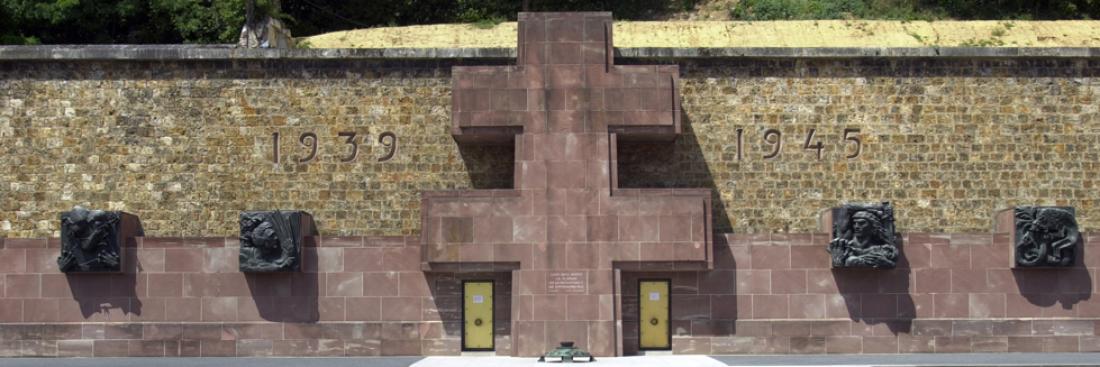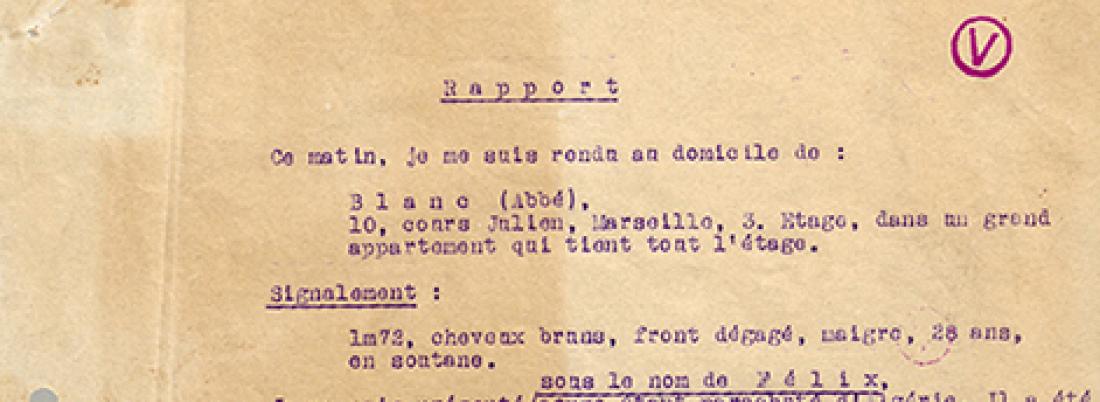Desert Storm and Operation Daguet, twenty years on

The last conflict of the Cold War or the first postmodern war, the operations that led to the liberation of Kuwait, in February 1991, were the result of a long and complex diplomatic process which culminated in a rapid air then land campaign. For France, who contributed a mixed force of nearly 20 000 troops - two-thirds of them from the army - the Gulf War raised the issue of how suitable its defence structure was to the conditions and realities of a changing world.










